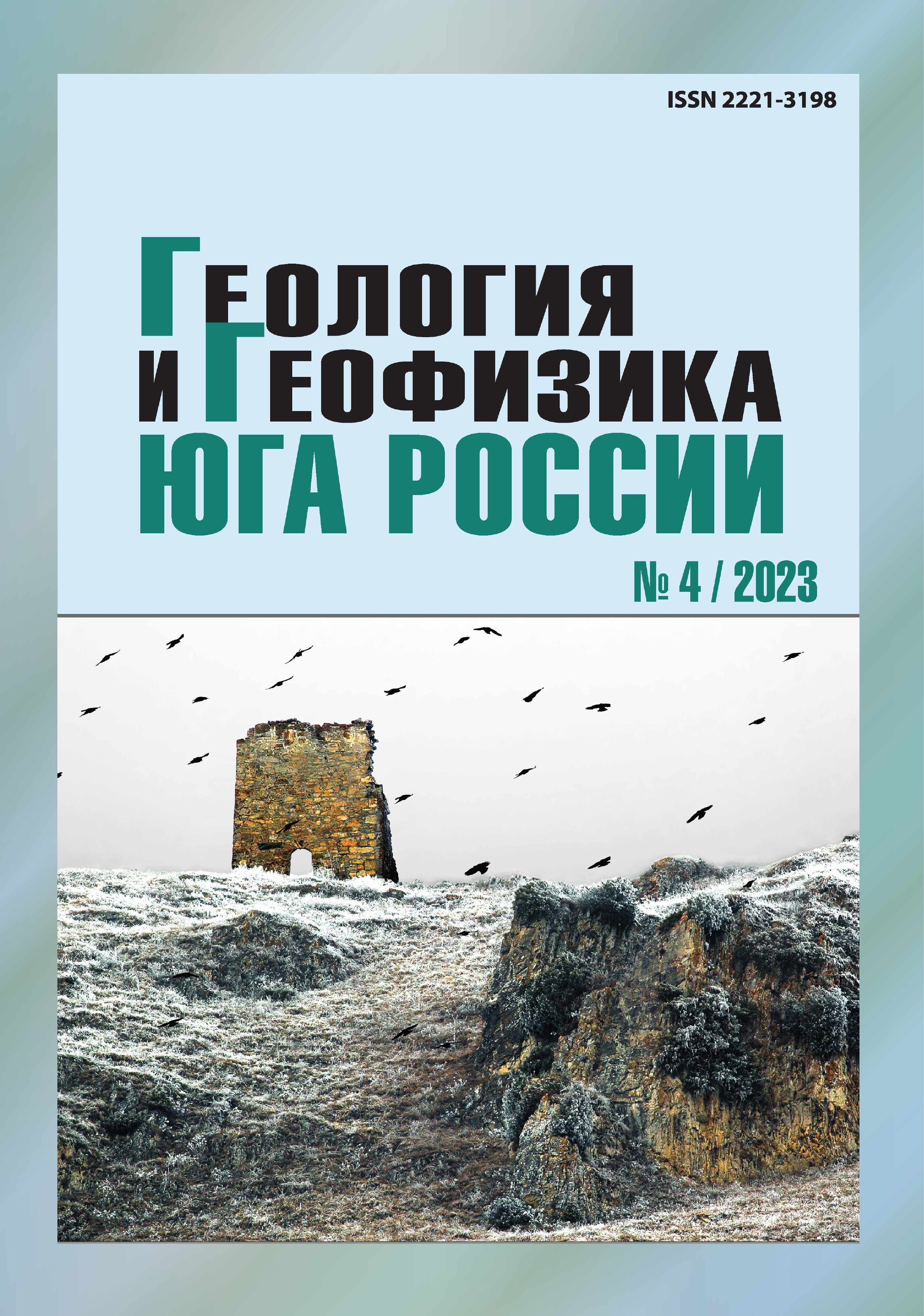Mineragenic aspect of the accumulation of sulfate and hydrocarbonate ions in mine waters (on the example of Eastern Donbass)
Abstract
Relevance. The article is devoted to identifying the reasons for the accumulation of sulfate and bicarbonate ions in the waters of coal mines in the western part of Eastern Donbass. Relevance. It is determined by the need to mitigate the harmful effects of the chemical composition of mine waters on coal mining and the environmental situation. Aim. Improving the scientific basis for the formation and prediction of the chemical composition of mine waters in coal mines. Methods. Research of data on the chemical composition of mine waters, mineralogical analysis of the situation of its formation using well-known general scientific methods, correlation analysis of materials from the western part of Eastern Donbass. Results. Mine waters in the region differ sharply from groundwater in the increased content of a number of components of their chemical composition. High contents of sulfate ions in water are traditionally associated with the oxidation of sulfides in the rock massif. In a number of areas of Eastern Donbass, statistical relationships were discovered between the content of individual components of the water composition and their connection with the sulfur content of coal. Elevated calcium and sodium contents are caused by leaching of rocks with sulfuric acid, a product of sulfide oxidation. High values of the pair correlation coefficient characterize the relationship between the content of sulfate ions and sulfur, calcium and sulfate ions, calcium and total sulfur. The relationship between the contents of bicarbonate and sulfate ions is consistently inverse. These data allow us to conclude that these relationships have a causeand-effect nature. The connection between the generation of sulfate ions and the oxidation of sulfides has been confirmed. The interaction of sulfuric acid with rocks produces the appearance of carbon dioxide and sulfate ions, which contributes to the appearance of bicarbonate ions in water. The entry and accumulation of bicarbonate ions occurs according to the E. Hilgard reaction. Both individual chemical components enter the water and leave the water. The difference in the chemical composition of mine waters in the region is explained by the cumulative effect of such mineralogical factors as the increased presence of sulfides and carbonates in the mountain range, and the varied content of carbon dioxide and hydrocarbon gases in it, from low to high.


